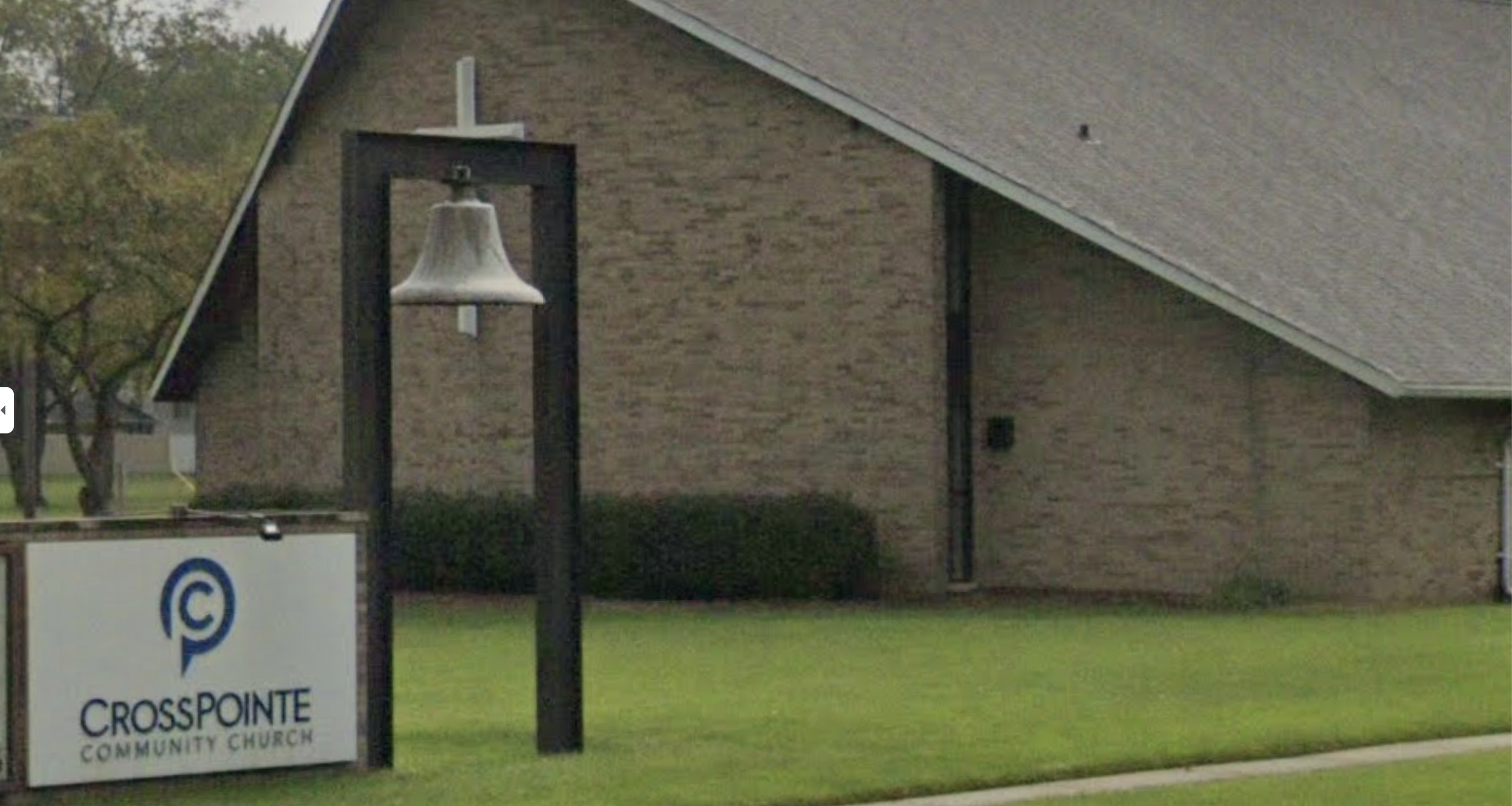When Faith Meets Danger: How Courage Stopped a Mass Shooting at CrossPointe Church
Street view of CrossPointe Community Church in Wayne, Michigan featuring their bell and main building in the background.
Wayne, Michigan — June 22, 2025
On a seemingly ordinary Sunday morning at CrossPointe Community Church, more than 150 people gathered for worship. What happened next would shake not only that congregation but serve as a tragic reminder of how perilously close many places of sanctuary are to becoming battlegrounds — and how decisive, often unseen, acts of bravery can avert catastrophe. (AP News)
The Incident: A Gunman Approaches
Shortly before 11 a.m., a man later identified as Brian Anthony Browning, wearing a tactical vest and carrying both a rifle and handgun, exited a vehicle outside the church and began firing as he approached the building. (ABC News)
One person was struck — a security guard was hit in the leg during the initial attack. (ABC News)
Inside the church, congregants were stunned. Some first mistook the noise for construction or mechanical work, but it soon became clear: they were under fire. (WDIV)
A Chain Reaction of Heroic Acts
What unfolded next was a remarkable, rapid sequence of actions — ordinary people in extraordinary moments:
A parishioner strikes the gunman with a vehicle
As Browning fired at the church building, a church member driving a pickup truck intervened, hitting him and slowing his advance. This collision gave precious extra seconds for others to respond. (WDET 101.9 FM)The security team responds
Security personnel — some armed, some not — confronted Browning. At least two staff members returned fire. The attacker was fatally wounded and died on the scene. (ABC News)Lives were protected
Despite the chaos, no additional worshippers were physically harmed. The injured guard was treated for a non-life-threatening wound, and the threat stopped before the suspect entered the worship space. (AP News)
Wayne Police Chief Ryan Strong later stated that the actions of church staff “undoubtedly saved many lives and prevented a large-scale mass shooting.” (ABC News)
Aftermath and Reflection
In the days after the shooting, several themes emerged:
Mental health crisis as a possible motive
Browning had no known prior criminal record. Authorities believe he may have been suffering from a mental health issue. (ABC News)A congregation shaken but resilient
The church leadership and members are working through trauma. Pastor Bobby Kelly Jr. spoke about comforting the gunman’s grieving mother, emphasizing that while Browning’s actions were unforgivable, someone’s child was lost. (AP News)Preparedness and security matters
Interestingly, CrossPointe had a security team in place well before the attack — some of whose operations are “invisible” to typical churchgoers. Their training, readiness, and willingness to act made all the difference. (AP News)No place is too sacred to not consider safety
This event underscores a hard truth: houses of worship, where people come to feel peace, are not immune from violence. As tragedies across the nation show, it’s wise for churches and faith communities to thoughtfully examine safety plans, crisis protocols, security measures, and training.
Lessons for Faith Communities Everywhere
Plan ahead, quietly but diligently
Visible or visible security isn’t always ideal for worship ambiance. But having trained, vetted, practiced security personnel can be a life-saving measure.Train for chaos
In a moment of panic, people act how they are trained. Having realistic drills — e.g. evacuation, lockdown, communications — can make the difference between confusion and coordinated action.Maintain lines of communication
Clear instructions (“Get to the back,” exit routes, where to shelter) help prevent chaos. In CrossPointe’s case, staff were able to direct people under fire. (WDIV)Support mental health and vigilance
Many mass attacks have roots in untreated mental illness or unaddressed crisis. Even without threat indicators, communities might consider partnerships with mental health resources, awareness training, and pathways for help when odd behavior is noticed.Don’t forget the spiritual and emotional healing
After the danger passes, the aftermath is often longer and more complex. Congregations will need time, care, counseling, and perhaps structural changes to heal.
Closing Thoughts
The attack on CrossPointe Community Church was terrifying and tragic — but it also became a story of how courage, preparation, and quick thinking can prevent widespread loss of life.
In that sanctuary, faith met danger, and those who had committed themselves to protect others stepped into the breach. The gunman died. A guard was wounded, but survived. The congregation, though shaken, lives to worship again.
May their story challenge other faith communities to soberly ask: If the worst were to come, are we prepared?
And may we remember: heroism isn’t always heralded, but when it emerges — in the flash of a decision, in the split second between life and loss — it matters.

